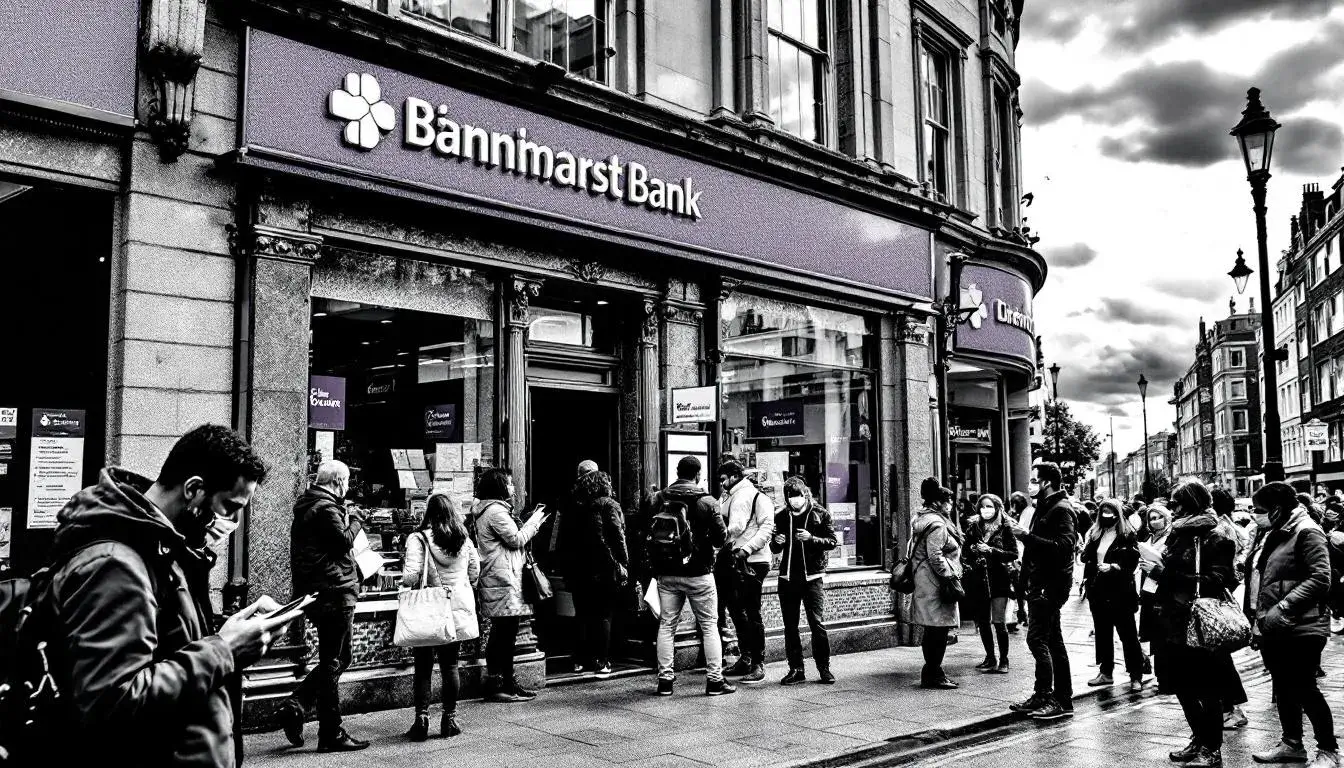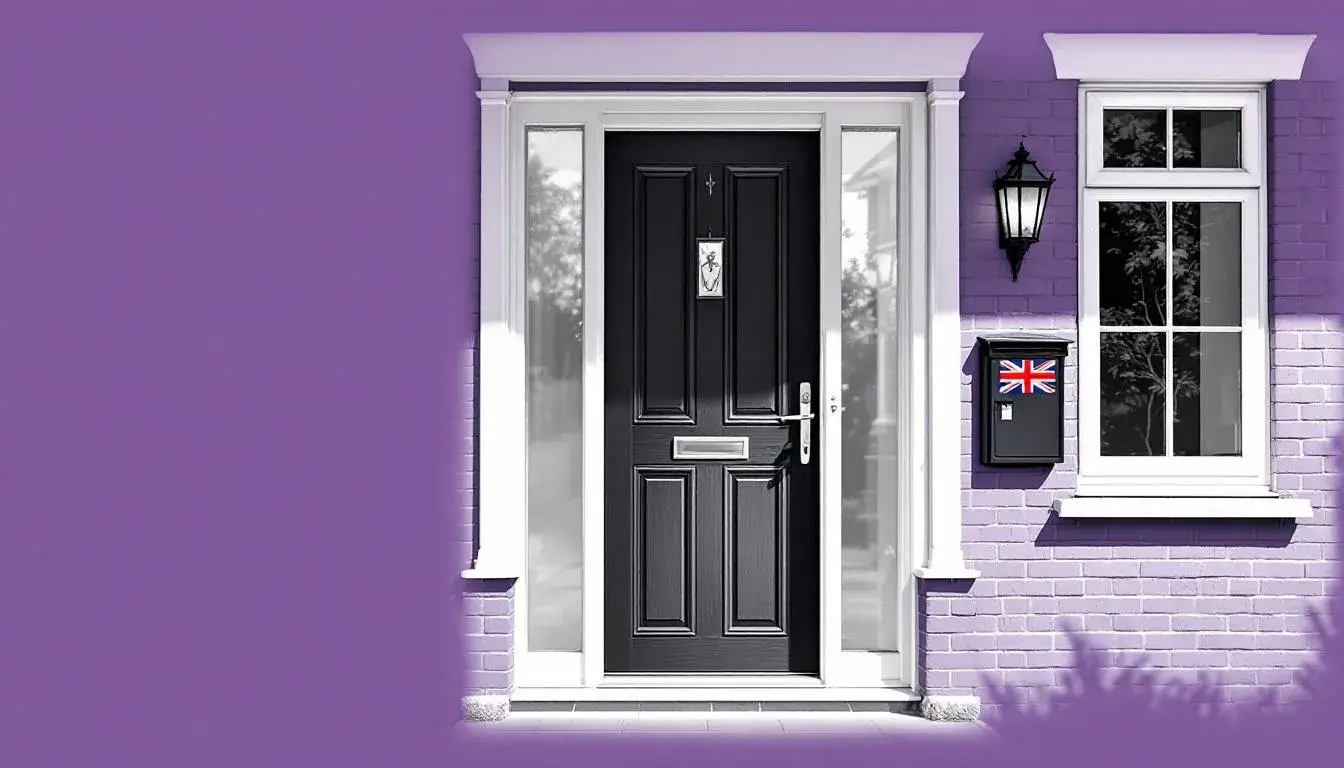
What counts as adverse credit when applying for loans

The reality of adverse credit in the UK
Adverse credit is not a label for life - it is a snapshot of your past financial behaviour that lenders use to predict future risk. In the UK, it covers missed or late payments, defaults, County Court Judgments, IVAs and bankruptcy. These markers live on your credit file for up to six years and can limit access to new credit or push up borrowing costs while they remain visible [1][10]. Understanding how and why these marks appear is the first step to regaining control.
Lenders typically pull data from Experian, Equifax and TransUnion. They review your history, the recency and severity of any negative events, and how you have managed credit since. A recent default will be viewed more harshly than an old missed payment that you quickly corrected. High utilisation - consistently using most of your available credit - can also drag scores down and paint a picture of financial strain [2][4][9].
For mortgages, adverse credit can be a major hurdle. Many high-street lenders decline applications with recent missed payments, defaults or CCJs. Specialist lenders may still consider you, often asking for a larger deposit and charging higher rates to balance their risk. Showing stable income, a clear explanation for past issues and time spent rebuilding your profile can all help [3][5].
Understanding APR is not just about percentages - it is about what you will pay in real terms. Lenders price risk. Your credit file shows them how to price you.
Adverse credit can ripple beyond borrowing. Insurers, landlords and some employers check elements of your credit history. Good credit habits therefore support more than your next loan - they support your day-to-day life and future plans [6]. Regional differences also play a part. Areas with lower average scores often reflect local economic realities such as pay, employment and housing affordability, which can make adverse credit more common and persistent [7].
The good news is that adverse credit fades. As time passes and you show consistent, sensible behaviour - on-time payments, lower balances, and limited new credit - your options start to improve. You may not move straight back to the best rates, but you can chart a path from specialist to mainstream products with the right plan.
Who should read this
If you have missed a payment, defaulted on a credit agreement, received a CCJ, entered an IVA, declared bankruptcy or simply struggled with high credit utilisation, this guide is for you. It is equally relevant if you have never had adverse credit but want to avoid it, especially if you expect a large application soon - a mortgage, car finance or a consolidation loan.
It will also help if you were declined by a high-street lender and are considering specialist options. We will outline how decisions are made, what counts most in a lender’s assessment, and which steps give you the best chance of approval at a fair cost. If you are unsure how brokers fit in, we explain that too.
What lenders mean by key terms
Adverse credit - Negative entries on a UK credit file such as missed payments, defaults, CCJs, IVAs or bankruptcy that reduce credit scores and signal higher risk to lenders [1][4].
Credit utilisation - The percentage of your available credit that you use. High utilisation often lowers scores and suggests tighter finances [2][4].
CRA - Credit Reference Agency. In the UK: Experian, Equifax and TransUnion. They collect and share your credit data with lenders [9].
Default - A lender-marked failure to meet the terms of a credit agreement. Defaults stay on file for six years, even when settled [10].
CCJ - County Court Judgment for unpaid debt. Remains for six years unless paid within one month and removed by the court [1][10].
IVA - Individual Voluntary Arrangement, a formal agreement to repay debts over time. Recorded on your file and insolvency register [1].
Bankruptcy - A legal process for people who cannot repay debts. Severe, with a six-year footprint on credit files [1][10].
Your realistic routes if you have adverse credit
Apply with a specialist lender - Designed for adverse credit profiles, often with higher rates and tighter criteria, but more flexible than high-street lenders. Useful where recent issues exist [3][5].
Consider a secured loan - Use property as collateral to access lower rates than unsecured alternatives. Risk: you could lose your home if you do not repay [5].
Explore guarantor options - A suitable guarantor with strong credit can improve your approval prospects and pricing, but both parties share legal responsibility [5].
Reduce utilisation before applying - Pay down balances to below 30 percent of limits, ideally below 20 percent. This can lift scores and strengthen your case [4].
Build a clean six to 12-month track record - On-time payments across all accounts can soften the impact of older negatives and demonstrate stability [4][10].
Save a larger deposit for a mortgage - Expect 15 percent to 30 percent with adverse credit. Bigger deposits reduce lender risk and can lower your rate [3].
Use a regulated broker - A broker can map your profile to lenders that will consider you, potentially avoiding declines and unnecessary credit checks [8].
Small improvements compound - trimming balances and avoiding new credit for a few months can materially improve terms.
The real costs, risks and trade-offs
| Aspect | What to expect | Impact on price | Key risk |
|---|---|---|---|
| Specialist lender loan | More flexible underwriting | Higher APRs vs high-street | Expensive if circumstances worsen |
| Secured homeowner loan | Larger amounts possible | Lower than unsecured if well secured | Property at risk on missed payments |
| Guarantor loan | Approval uplift | APR depends on guarantor strength | Strain on relationships and joint liability |
| High utilisation | Lower scores and limits | Raises APRs across products | Persistent cost drag if not reduced |
| Recent default or CCJ | Mainstream decline likely | Substantially higher rates | Limited choice for 12-24 months |
| Clean 6-12 month history | Gradual score recovery | Better pricing over time | Gains reversed by new missed payment |
Who qualifies and on what basis
Eligibility is a balance of affordability, credit history and stability. Lenders will look at income, regular outgoings and existing commitments to judge whether repayments are sustainable. They will also examine how recent and severe your adverse markers are. A single, older missed payment usually carries less weight than a recent default or unresolved CCJ. If you have an IVA or recent bankruptcy, options narrow further, though some specialist lenders will still consider applications with strong evidence of recovery and sufficient security or deposit [1][3][5].
For mortgages, the bar is higher. Expect lenders to ask for a sizeable deposit, proof of stable employment or trading history if self-employed, and bank statements that show responsible day-to-day money management. For unsecured loans, the focus is on clean recent conduct, sensible utilisation, and a compelling affordability picture. Regulated brokers can help you match these facts to the lenders whose criteria fit your circumstances, potentially reducing failed applications and unnecessary credit searches [8].
From application to outcome - the steps
Check credit files with all three CRAs.
Dispute any errors and add a short explanation.
Reduce card balances to lower utilisation.
Gather income and expenditure evidence.
Decide product type - unsecured, secured or guarantor.
Pre-assess with a regulated broker.
Apply to a suitable lender only.
Maintain on-time payments post-approval.
Advantages and drawbacks at a glance
| Factor | Pros | Cons |
|---|---|---|
| Specialist lenders | Access when high-street says no | Higher rates and fees |
| Secured loans | Larger sums and longer terms | Home at risk if you default |
| Guarantor loans | Better approval odds and pricing | Guarantor’s credit also at risk |
| Waiting to rebuild | Cheaper borrowing later | Delays plans, may miss opportunities |
| Using a broker | Targeted applications, fewer declines | Broker fees in some cases |
Points to weigh before committing
Before you apply, be clear about your goal, how much you need and what a realistic monthly repayment looks like within your budget. If you are close to improving your score by paying down balances or making three to six months of clean payments, the marginal delay could save meaningful money over the life of a loan. If timing is crucial, prioritise lenders that align with your current file and avoid scattergun applications that rack up hard searches. Remember that adverse credit also influences insurance, renting and some jobs, so improving your profile has broader benefits than a single approval [4][6].
Alternative avenues worth exploring
Credit-builder cards - Modest limits to rebuild history through small, regular spend and prompt repayment.
Debt consolidation with advice - Structured consolidation with affordability guidance can simplify outgoings and reduce stress.
Budgeting and hardship support - Speak to creditors early for payment plans or temporary relief if income dips.
Credit union loans - Community-focused, often more forgiving criteria, capped rates and support.
Wait-and-improve strategy - Pause, reduce utilisation, and reapply later for better pricing.
Frequently asked questions
Q: What exactly counts as adverse credit in the UK?
A: Missed or late payments, defaults, CCJs, IVAs and bankruptcy recorded by CRAs. These markers lower scores and can remain visible for six years [1][9][10].
Q: How long will adverse credit affect my ability to borrow?
A: Most negative records stay on file for six years. Their impact usually eases over time if you maintain clean conduct and lower utilisation [4][10].
Q: Can I get a mortgage with adverse credit?
A: Yes, often via specialist lenders. Expect a larger deposit, higher rates and tighter checks. Strong recent conduct improves your chances [3][5].
Q: Will checking my credit reports hurt my score?
A: No. Accessing your own reports is a soft check and does not affect your score. Correcting errors can help [9].
Q: Are brokers worth it if I have adverse credit?
A: Many borrowers benefit. A regulated broker can identify lenders that fit your profile and reduce failed applications. Uptake among adverse credit borrowers has been rising [8].
Q: Does adverse credit affect renting or insurance?
A: It can. Some landlords and insurers use credit data in their decisions, which may influence terms or access [6].
Where to focus next
Start by downloading your credit reports from all three CRAs and addressing any inaccuracies. Tidy utilisation, set up direct debits for minimums, and map your options with a regulated broker. If you aim for a mortgage, set a deposit target and timeline. If you need funds sooner, weigh specialist options against the cost of waiting a few months to strengthen your profile.
Next step - get your three reports side by side, then plan.
Important information
This guide provides general information for UK readers and is not personal advice. Lending decisions are subject to status, affordability and lender criteria. Kandoo is a UK-based retail finance broker. Always consider independent advice where appropriate and read lender documentation carefully.
Buy now, pay monthly
Buy now, pay monthly
Some of our incredible partners
Our partners have consistently achieved outstanding results. The numbers speak volumes. Be one of them!


Arabella Designs

28 STATE CARS










